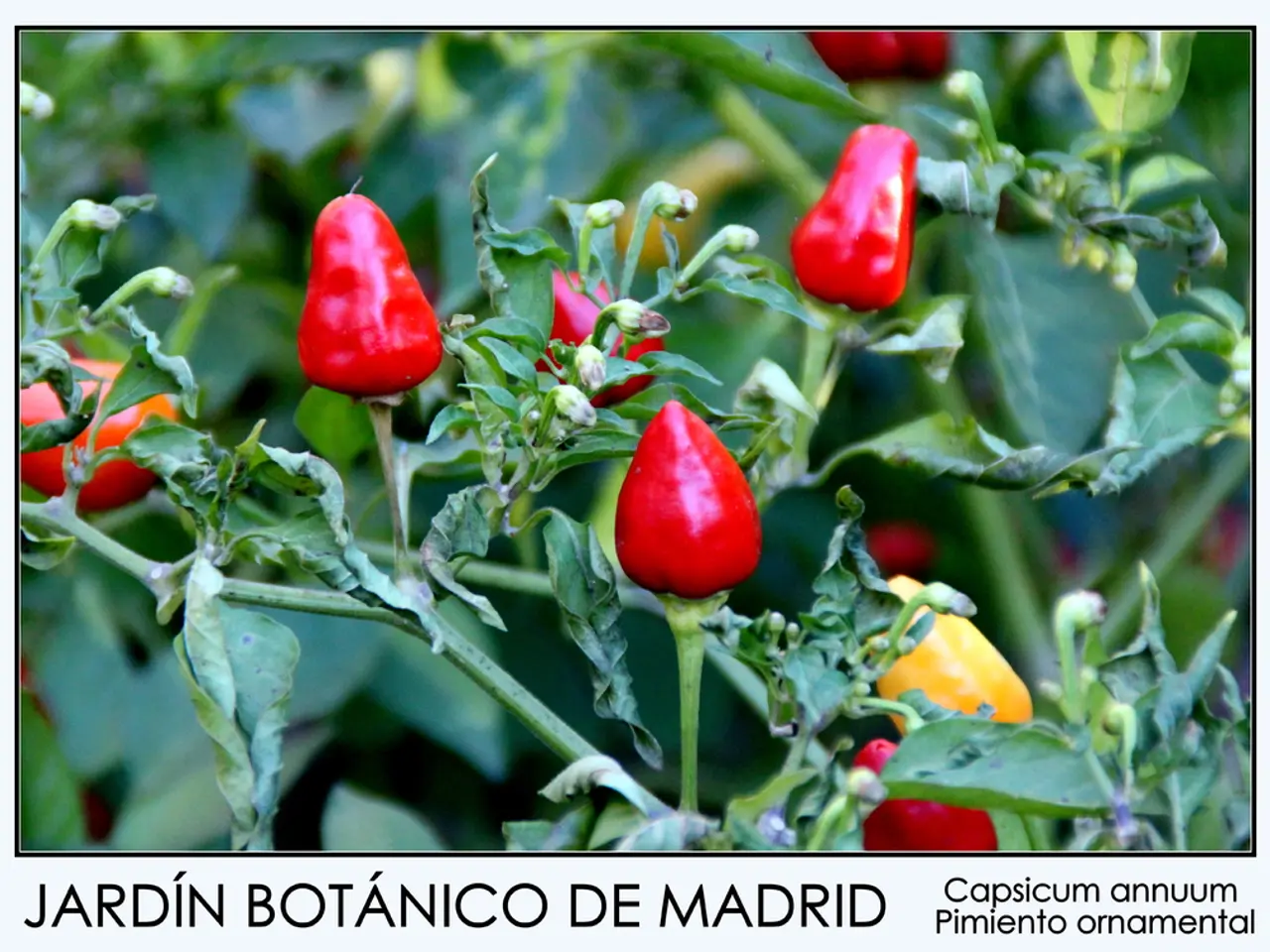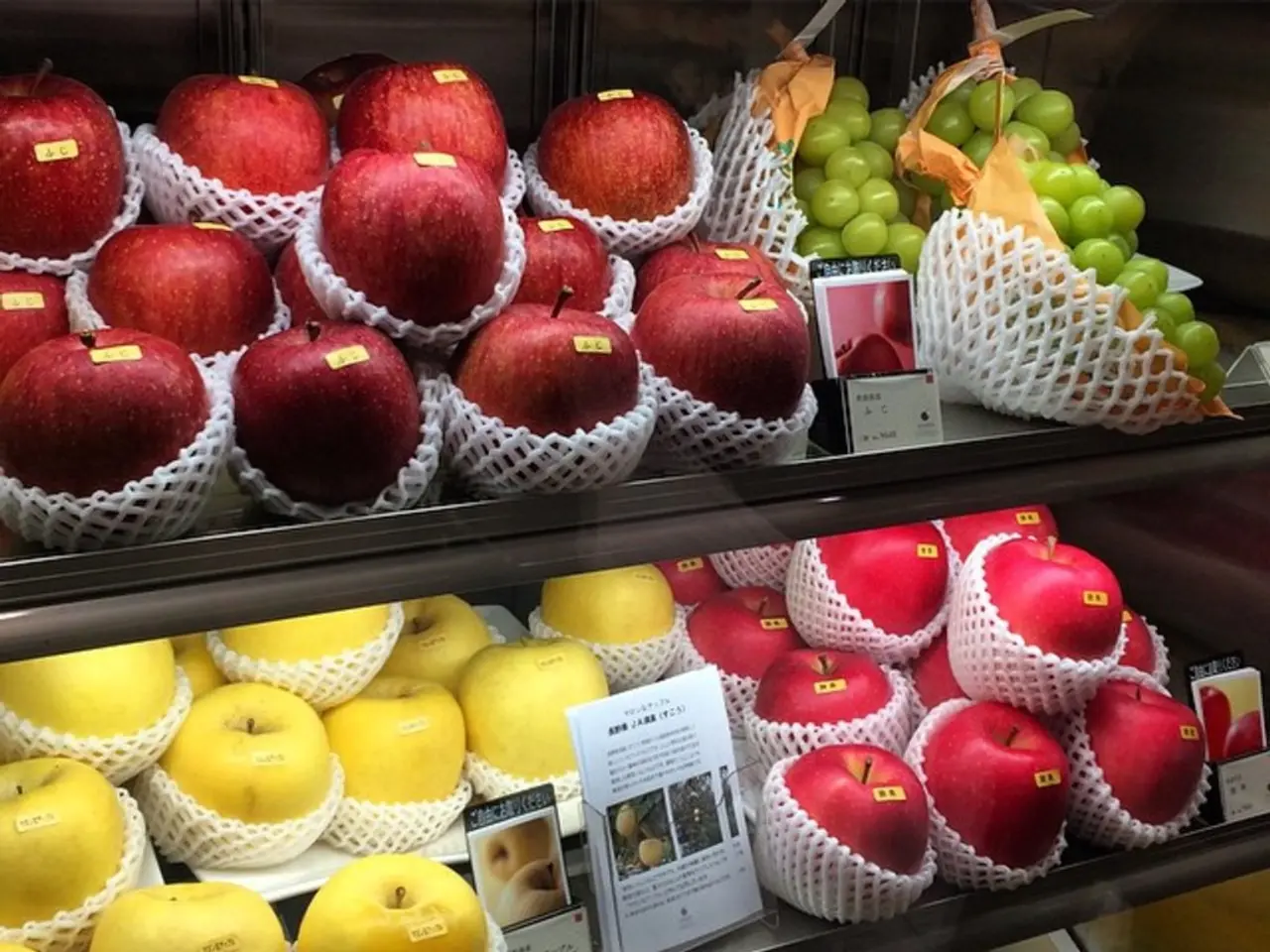Japanese Ginger's Spicy, Fragrant Role in Culinary Artistry
Japanese Ginger: A Culinary and Medicinal Staple
Japanese ginger, or shōga, is a versatile ingredient that plays a significant role in Japanese cuisine and traditional medicine. This perennial plant, native to tropical Asia, has been cultivated in Japan since the third century and has been a staple in Japanese diets ever since.
Shōga is renowned for its medicinal properties, containing bioactive compounds such as gingerol and shogaol that exhibit strong antibacterial effects, helping to prevent food poisoning. It also promotes blood circulation, warms the body from the core, improves sensitivity to cold, boosts metabolism, stimulates appetite, and enhances digestion.
In the realm of Japanese cuisine, shōga is utilised in various forms. Fresh ginger is a common ingredient in sushi, sashimi, salads, soups, stir-fries, marinades, and sauces, adding a sharp, refreshing aroma and flavor.
Pickled ginger, or gari, is another popular form. Often served with sushi, it acts as a palate cleanser between courses. Gari is made by pickling young ginger in a vinegar and sugar brine, resulting in a mild sweetness alongside its pungency.
Traditional pickles like shibazuke also incorporate ginger. This pickle includes ginger and myoga among other vegetables pickled in plum vinegar, adding flavor and potential health benefits.
Oroshi-shōga, a pre-grated and convenient form of shōga, has been a staple in Japanese supermarkets since the 1970s. Developed as a convenient alternative to grating fresh shōga, it maintains the flavor and benefits of fresh shōga, making it more accessible for those who find grating it a hassle. Many people in Japan keep oroshi-shōga in their refrigerators for easy use at any time.
Oroshi-shōga can be used as a direct substitute for grated shōga in recipes, providing the same warming sensation as fresh shōga when added. The young roots of shōga, known as shin-shōga, are harvested and shipped from June to August, but oroshi-shōga is not limited to a specific season and can be found year-round.
Grating or chopping hine-shōga, or matured shōga, brings out its spicy flavor. Hine-shōga can be used as a condiment, to neutralise food odors, and to add flavor to various dishes.
In conclusion, shōga is valued both for its flavor-enhancing properties in Japanese dishes and its health benefits, including antibacterial action, improved circulation, metabolism stimulation, and digestive aid. Whether fresh, pickled, or pre-grated, shōga continues to be a cherished ingredient in Japanese cuisine and traditional medicine.
- In the realm of global cuisines, Japanese ginger, or shōga, is also used in science as a key ingredient in therapies and treatments, particularly in food and drink, due to its strong antibacterial properties.
- Beyond Japanese cuisine, shōga's medicinal properties could potentially extend to health-and-wellness and lifestyle sectors, as research continues into its numerous benefits, such as promoting blood circulation and stimulating appetite.
- As a versatile ingredient, shōga can find its place in various culinary opportunities, from the exotic flavors of global cuisines to innovative recipes in personal kitchens.
- Its wide range of applications, from a basic ingredient in photo-worthy dishes to a value-adding element in health and wellness, make Japanese ginger, or shōga, an indispensable item in any modern lifestyle.




